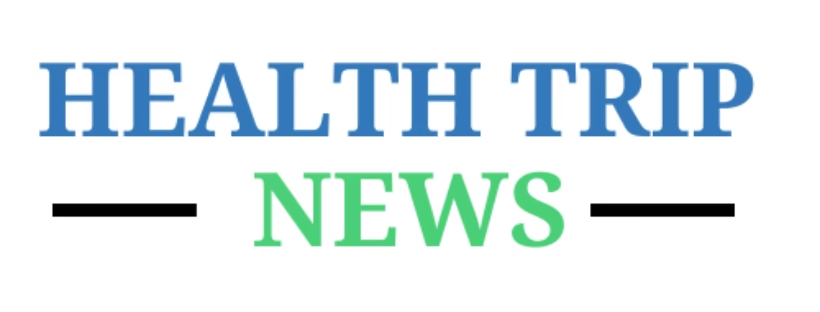Septoplasty (Deviated Nasal Septum Correction)
Introduction
Septoplasty, or deviated nasal septum correction, is the surgical process that aims to straighten out the septum in your nose to improve airflow and correct breathing problems. Surgeons perform this surgery to correct problems within a deviated septum, which occurs when someone displaces the thin wall between the two nasal passages to either side of the nose, resulting in a hard time breathing and congestion and potentially leading to serious sleep apnea if left uncorrected. Let’s learn everything you need to know about septoplasty.
What is Septoplasty?
The correction of a deviated nasal septum is called a septoplasty. This refers to the cartilage and bone structure which separates the two sides of the nasal cavity. In such cases where this septum is curved or not straight, it could prevent the airways from freely passing through the nasal cavity. In addition, chronic nasal congestion might result due to the injury or possibly being a congenital case. A septoplasty will therefore see to the shifting or removal of those parts of the septum obstructing normal flow.
Why is septoplasty required?
This surgical procedure is often necessary for a patient with an obvious deviated septum causing them to breathe problems. It can be problems like chronic nasal congestion, snoring, or recurrent sinus infections. The discomfort and inability to sleep through the night may be symptoms. There may also be chronic headaches caused by the condition. Sometimes, a deformity can be noticeable enough to cause the need for cosmetic correction; however, its main purpose is to help alleviate nasal passage constriction to assist with breathing more freely through the nose.
Types of Septoplasty
Surgeons can perform septoplasty in several ways depending on the degree of deviation and the needs of the patient:
- Traditional septoplasty: It is performed by making an incision inside the nose to access the septum and correct its alignment.
- Endoscopic Septoplasty: This procedure employs a thin, flexible tube with a camera inside to guide the surgeon during the procedure. It is minimally invasive and results in quicker recovery times.
- Cleft Septoplasty: This procedure is specifically applied if the deviation of the septum is caused by a cleft lip or palate.
Procedure Steps
Septoplasty takes about 1 to 2 hours and can be done with local or general anesthesia. Here are the general steps:
- Anesthesia: The medical staff administers local or general anesthesia to the patient for comfort during the procedure.
- Incision: A small incision is created inside the nostrils to allow access to the septum. No external scarring occurs as a result of the procedure.
- Septum Redirection: The surgeon removes or reshapes the cartilage and bone causing an obstruction.
- Closing Incision: When the septum is properly repositioned, the incision is closed. Nasal packing may be applied to manage oozing after the procedure.
- Post-Operative Care: Healthcare providers closely monitor the patient post-procedure for complications before sending them back home.
Benefits of Septoplasty
Septoplasty has various benefits for the patient with a deviated nasal septum. The most obvious one is better breathing through the nose, with an improvement in the airflow of the nasal passage.
- Decreased Snoring: Snoring from the nasal blockage can be significantly reduced or eliminated by the process of septoplasty. The quality of sleep improves.
- Better Sleep: Correcting a deviated septum can alleviate sleep apnea symptoms, improving sleep patterns and reducing daytime fatigue.
- Fewer Sinus Infections: Clearing the nasal passages can reduce the frequency of sinus infections caused by blocked airways.
- Cosmetic Enhancement: If the surgeon visibly sees a deviated septum, they can perform septoplasty to improve the appearance of the nose.
Cost of Septoplasty
- India: $1,500 – $3,000
- United States: $5,000 – $10,000
- United Kingdom: $3,800 – $7,600
- Canada: $3,100 – $6,200
- Australia: $3,000 – $4,800
As you can see, opting for septoplasty in India saves a lot of money compared to countries like the US or the UK.
Top Hospitals in India for Treatment
Many top hospitals in India provide quality septoplasty treatments. Some of the best hospitals are:
- Metro Hospital Faridabad
- Fortis Healthcare (Delhi)
- Max Super Specialty Hospital (Delhi)
- Apollo Hospitals (Delhi)
- Medanta: The Medicity (Gurgaon)
These hospitals offer advanced facilities, skilled surgeons, and great aftercare.
Complications and Risks
No surgical procedure is risk-free, and septoplasty is no exception. The complications and risks are minor but possible and include:
- Infection: Infections are rare but can be present following any surgery.
- Bleeding: There can be some bleeding at the time of or even before the removal of nasal packing due to its extraction too soon.
- Scarring: Surgeons usually make incisions inside the nose, but there is a slight risk of scarring.
- Septal Perforation: In rare cases, a hole may form in the septum, which may require further treatment.
Failure to Improve Breathing: In some cases, the surgery may not result in the expected improvement in breathing.
Recovery
Recovery after septoplasty typically takes about 1 to 2 weeks. In the first couple of days, swelling, bruising, and discomfort will occur, and the medical team will manage them through prescribed medications. The patients should also follow postoperative care instructions closely to avoid infections and ensure maximum results. Patients can usually get back to their normal activities in 1-2 weeks but should avoid heavy activities for around 3-4 weeks.



